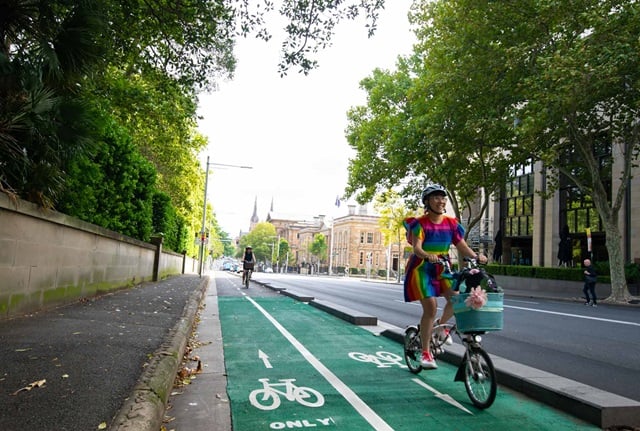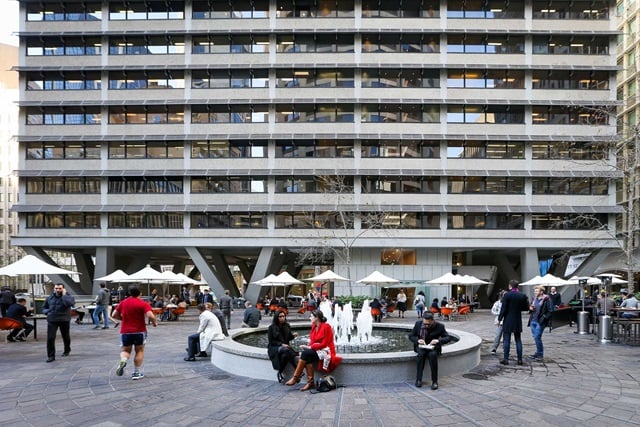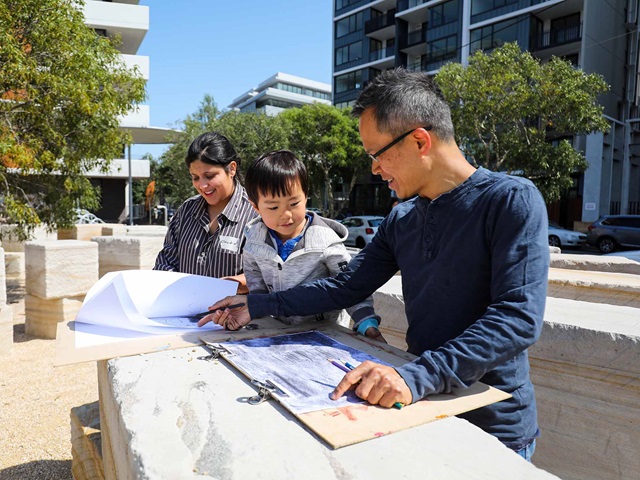Public spaces
Our strategies and action plans guide public domain improvements in the local area to bring life and vitality into our public spaces.

What we’re doing
Our yearly program of renewal and upgrade works across the local area focuses on essential infrastructure.
These works are guided by our public domain design codes and strategies and action plans.
Renewal and upgrade works
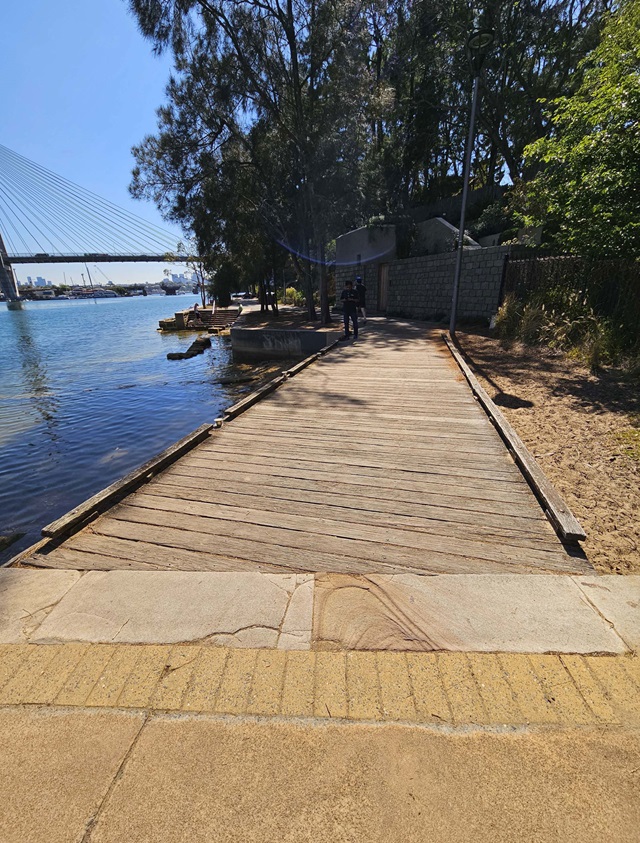

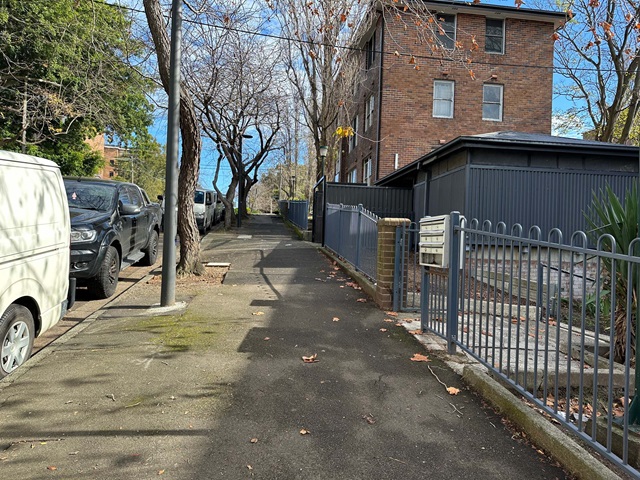
Policies & procedures
Inclusive and accessible public domain policy
Strategies and action plans
Strategies & action plans
Access strategy and action plan: continuing the visionOur comprehensive framework outlines how we manage access and effective transport to create a sustainable city.Published 29 November 2023Strategies & action plans
'A City for Walking' strategy and action plan – continuing the visionOur framework for becoming a more walkable city over the next 10 years.Published 25 September 2024Strategies & action plans
Cycling strategy and action planBuilds on the progress we’ve made and keeps us moving towards 10% of all trips in the city to be made by bike.Published 13 April 2022Strategies & action plans
Wayfinding strategyProvides a guiding document to inform future designs for pedestrian navigation.Published 14 November 2012Strategies & action plans
Environmental strategy 2025–2030Outlines the most important measures to help make Sydney a sustainable and resilient city.Published 2 July 2025Strategies & action plans
Greening Sydney strategyWe will implement our urban greening programs and actions through the greening Sydney strategy.Published 11 July 2021Strategies & action plans
Urban forest strategyOutlines our targets to increase the canopy of trees and maximise the economic, social and environmental benefits they can provide.Published 26 July 2023Strategies & action plans
City Art public art strategyBeing one of the most visible and accessible types of expression there is, public art is encouraged by the City of Sydney.Published 16 May 2011- Floodplain managementPlans to safeguard flood-prone areas across 8 local catchments covering 2,666ha.
Environmental action
Water managementJoin us to help protect the supply of the precious and limited resource.Strategies & action plans
Liveable green networkPart of our plans to make the local area as green, global and connected as possible.Published 30 May 2011
Public domain plans
Strategies & action plans
Town Hall precinct public domain planOur vision for Sydney's retail and civic heart.Published 18 November 2021Strategies & action plans
City north public domain planThe plan outlines ideas for the part of central Sydney north of King Street and east of George Street, including a master plan for Martin Place.Published 22 March 2023Strategies & action plans
Harbour north public domain studyRecognises and celebrates the strengths of this unique historic precinct and proposes staged public domain improvements.Published 27 August 2020Strategies & action plans
City south public domain planCovering the area between Liverpool, George and Elizabeth streets through to Central station.Published 18 November 2021Strategies & action plans
Haymarket and Chinatown public domain planThis plan shows how we can achieve the community’s vision for Haymarket and Chinatown with more trees, seats, lighting and public art to revitalise the area.Published 25 January 2024Strategies & action plans
Green Square town centre public domain strategyA blueprint for the design of the Green Square town centre’s public spaces and streets.Published 25 March 2013Strategies & action plans
George Street 2020: A public domain activation strategyWe aim to transform George Street into a vibrant, world-class public space featuring light rail, new trees and more space for people.Published 10 August 2015
Why this is a focus for us
In support of Sustainable Sydney 2030–2050 Continuing the Vision for city spaces that are connected, safe and attractive, we’ve looked at Jan Gehl’s ideas of creating a stronger ‘coherence between the life lived and the planned or existing building structures’.
Gehl has worked to improve city environments in Denmark and abroad for the past 30 years.
We know that public life needs to be at the top of our agenda and we’re taking great care to accommodate everyone who visits, works and lives in our city.
Gehl Architects’ studies
Gehl Architects has been commissioned to undertake various studies in the city. One of the studies analysed public life and space to help create quality urban environments. The report provides a blueprint to transform our city centre into a welcoming, public transport-orientated, green, connected, and distinctive place.

